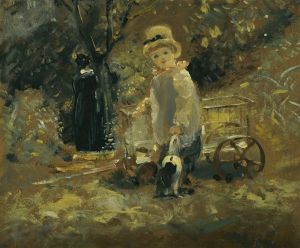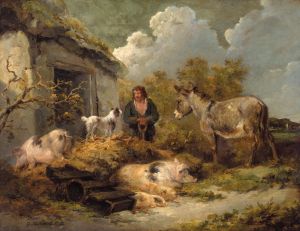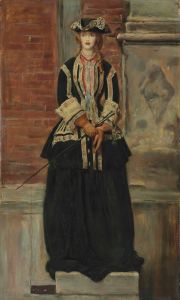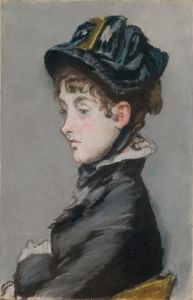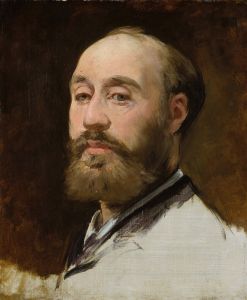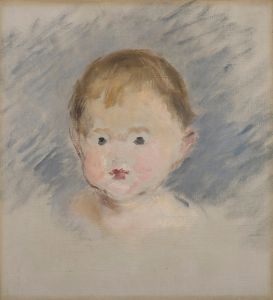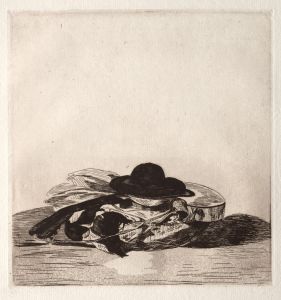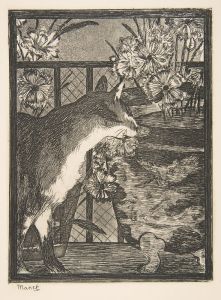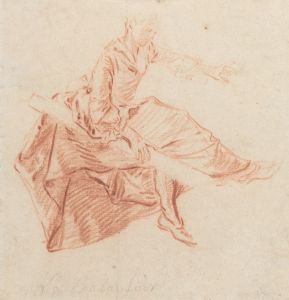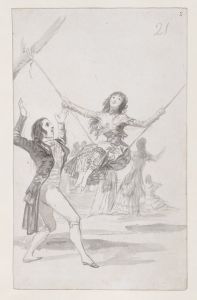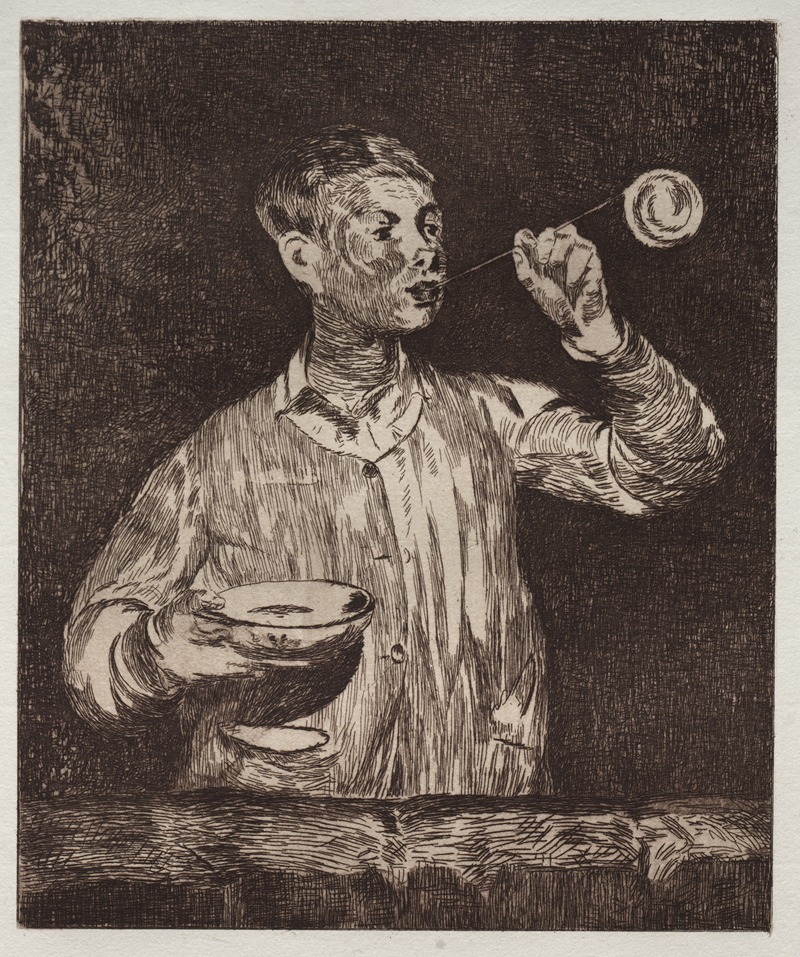
The Boy with soap bubbles
A hand-painted replica of Édouard Manet’s masterpiece The Boy with soap bubbles, meticulously crafted by professional artists to capture the true essence of the original. Each piece is created with museum-quality canvas and rare mineral pigments, carefully painted by experienced artists with delicate brushstrokes and rich, layered colors to perfectly recreate the texture of the original artwork. Unlike machine-printed reproductions, this hand-painted version brings the painting to life, infused with the artist’s emotions and skill in every stroke. Whether for personal collection or home decoration, it instantly elevates the artistic atmosphere of any space.
"The Boy with Soap Bubbles" is a painting by the French artist Édouard Manet, created in 1867. This work is an example of Manet's skill in capturing everyday scenes with a sense of immediacy and realism that was innovative for his time. The painting depicts a young boy engrossed in the act of blowing soap bubbles, a subject that conveys both a sense of innocence and the ephemeral nature of life.
Manet was a pivotal figure in the transition from Realism to Impressionism, and his works often sparked controversy and debate among critics and the public. "The Boy with Soap Bubbles" is no exception, as it reflects his interest in contemporary life and his ability to infuse ordinary moments with deeper meaning.
In this painting, Manet employs a relatively simple composition. The boy is positioned slightly off-center, with his gaze focused intently on the bubbles he is creating. The background is dark and undefined, which serves to highlight the figure of the boy and the delicate bubbles. This use of contrast is a hallmark of Manet's style, drawing the viewer's attention to the central subject and creating a sense of depth.
The boy's clothing is typical of the period, with a loose-fitting shirt and trousers, suggesting a casual, everyday scene. The light source in the painting appears to come from the left, casting subtle shadows and adding to the three-dimensionality of the figure. The bubbles themselves are rendered with a delicate touch, capturing their translucent, fleeting nature.
Manet's brushwork in "The Boy with Soap Bubbles" is both precise and expressive. He uses a combination of smooth, controlled strokes for the boy's face and hands, and more fluid, loose strokes for the background and the bubbles. This technique creates a dynamic interplay between the solid form of the boy and the ethereal quality of the bubbles.
The painting is housed in the Calouste Gulbenkian Museum in Lisbon, Portugal. It is part of the museum's extensive collection of European art, which includes works by other prominent artists such as Rembrandt, Rubens, and Turner. The inclusion of Manet's work in this collection underscores his importance in the history of art and his influence on subsequent generations of artists.
"The Boy with Soap Bubbles" is a testament to Manet's ability to find beauty and significance in the mundane. Through his masterful use of light, composition, and brushwork, he transforms a simple, everyday activity into a poignant reflection on the fleeting nature of youth and the passage of time. This painting remains a beloved example of Manet's genius and continues to captivate viewers with its charm and subtle complexity.







